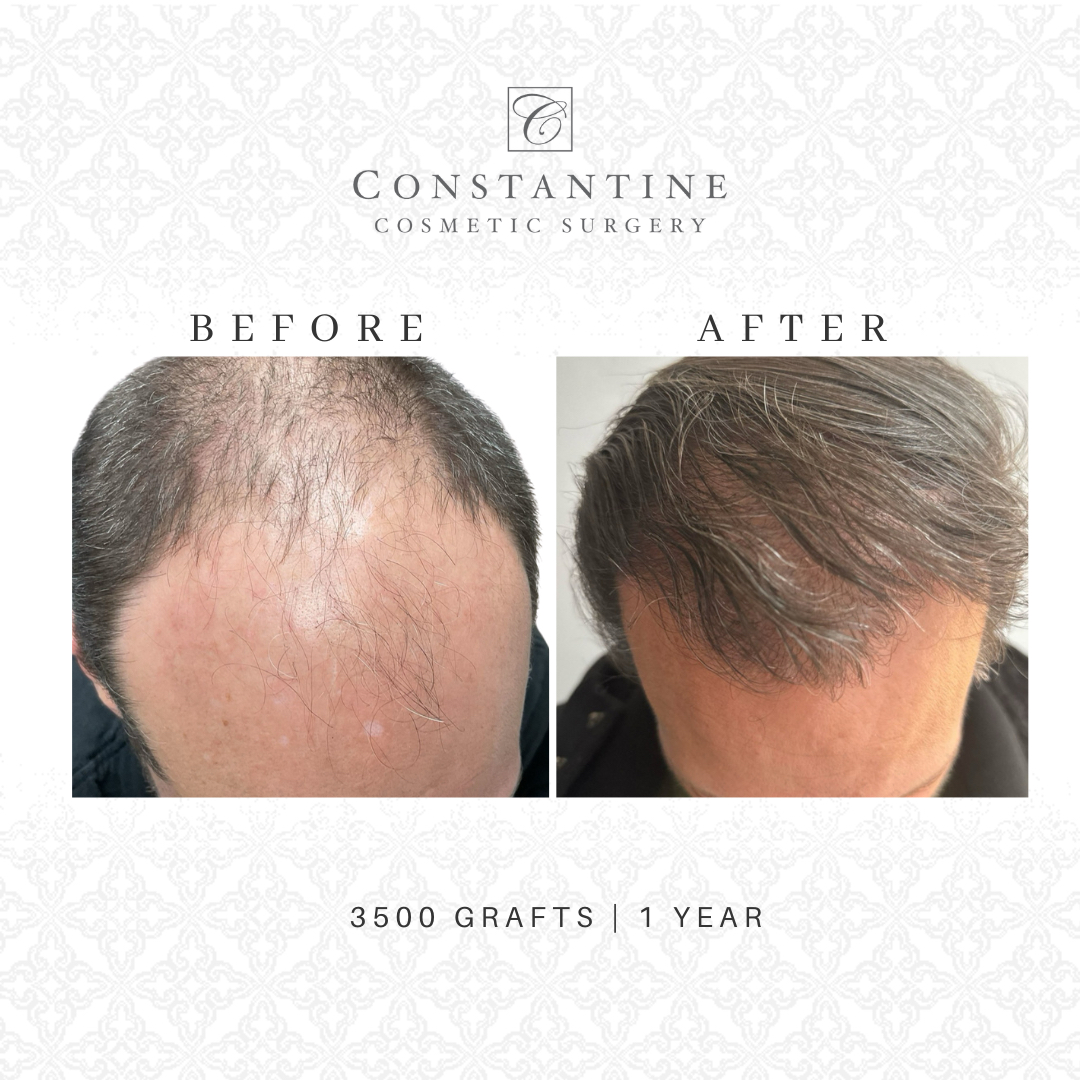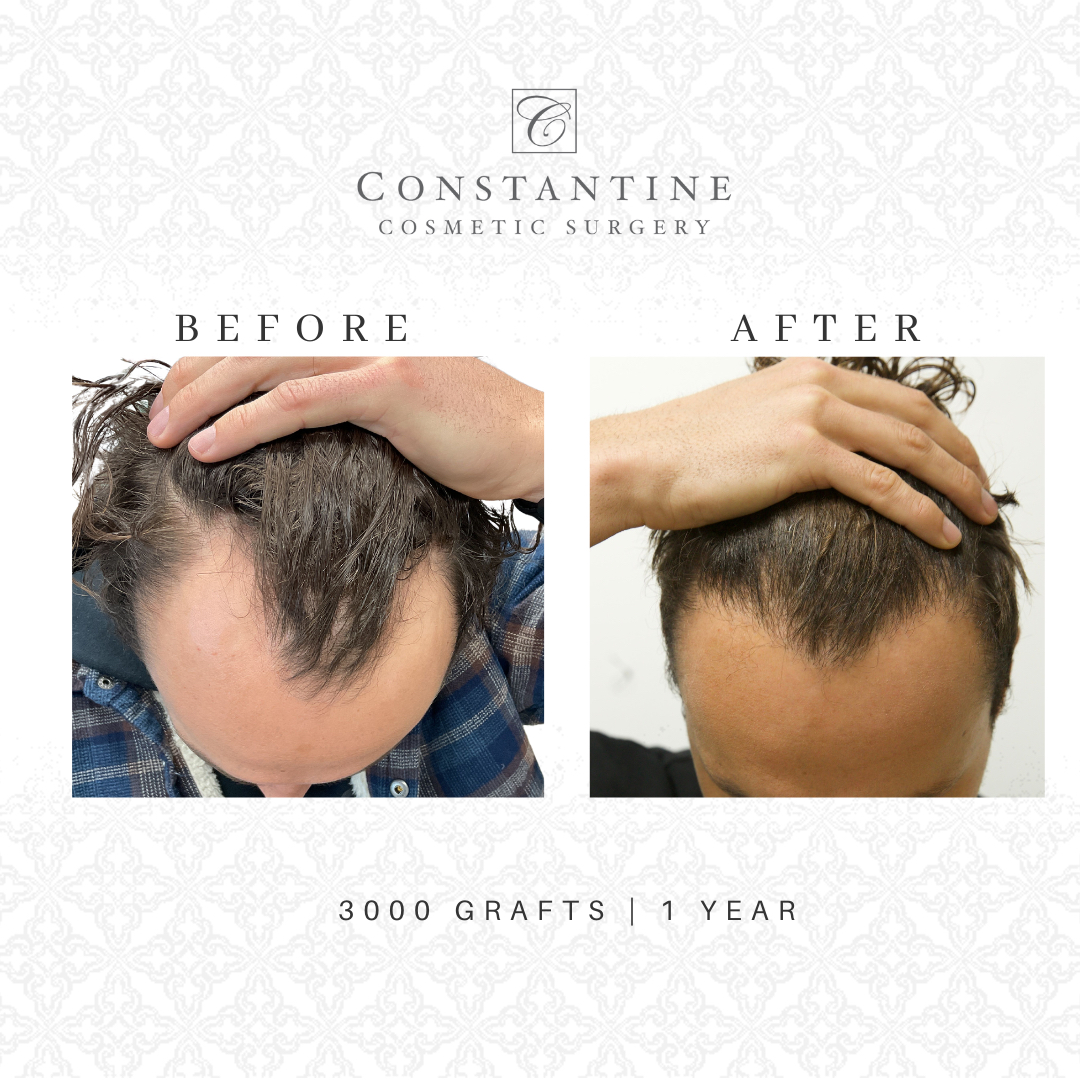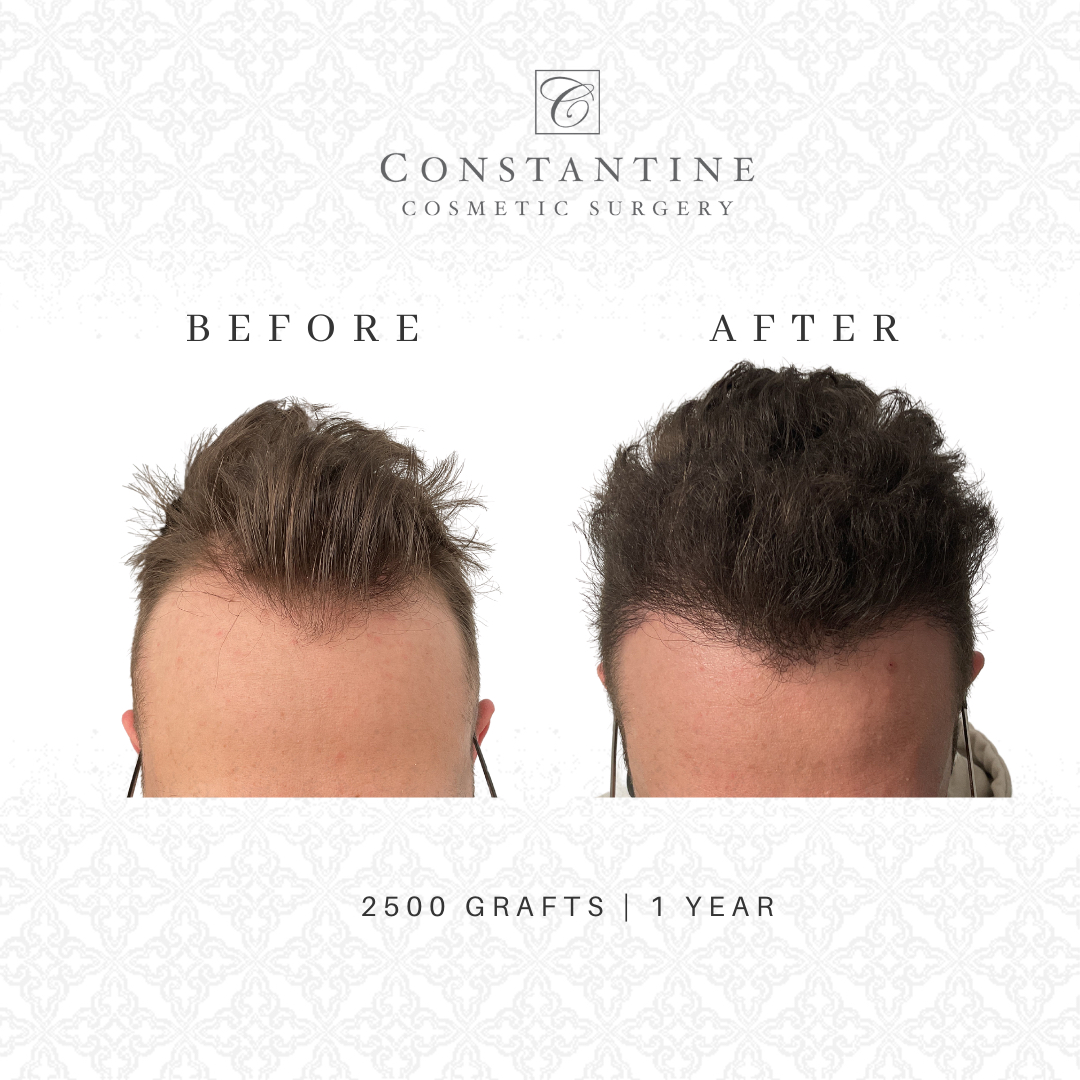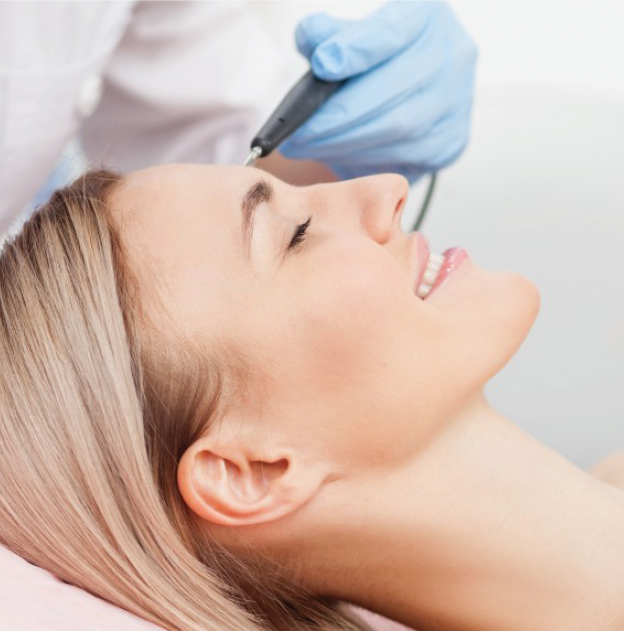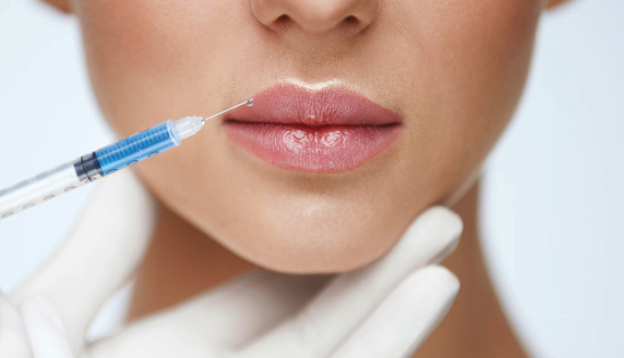Follicular Unit Extraction (FUE)
Follicular Unit Extraction (FUE) is a highly advanced method of hair transplantation that has gained significant popularity due to its effectiveness and minimally invasive nature. This technique is particularly favored by individuals seeking a solution for hair loss with minimal discomfort and downtime. Understanding the process, benefits, and considerations of FUE can help potential patients make informed decisions about pursuing this treatment.
FUE Hair Transplants
FUE involves the individual removal of hair follicles from a donor area, typically at the back of the scalp, where hair growth is thickest. Unlike older methods such as the strip technique, which involves cutting a strip of skin from the donor area, FUE uses a precision tool to extract each hair follicle one by one. This meticulous process allows for the collection of high-quality hair follicles without leaving a linear scar.
Once the follicles are extracted, they are prepared under a microscope to ensure they are in optimal condition for transplantation. The recipient area, where hair is thinning or absent, is then prepared. Small incisions are made, and the follicles are carefully implanted. The placement of these follicles is strategically planned to mimic natural hair growth patterns, ensuring an undetectable and aesthetically pleasing result.
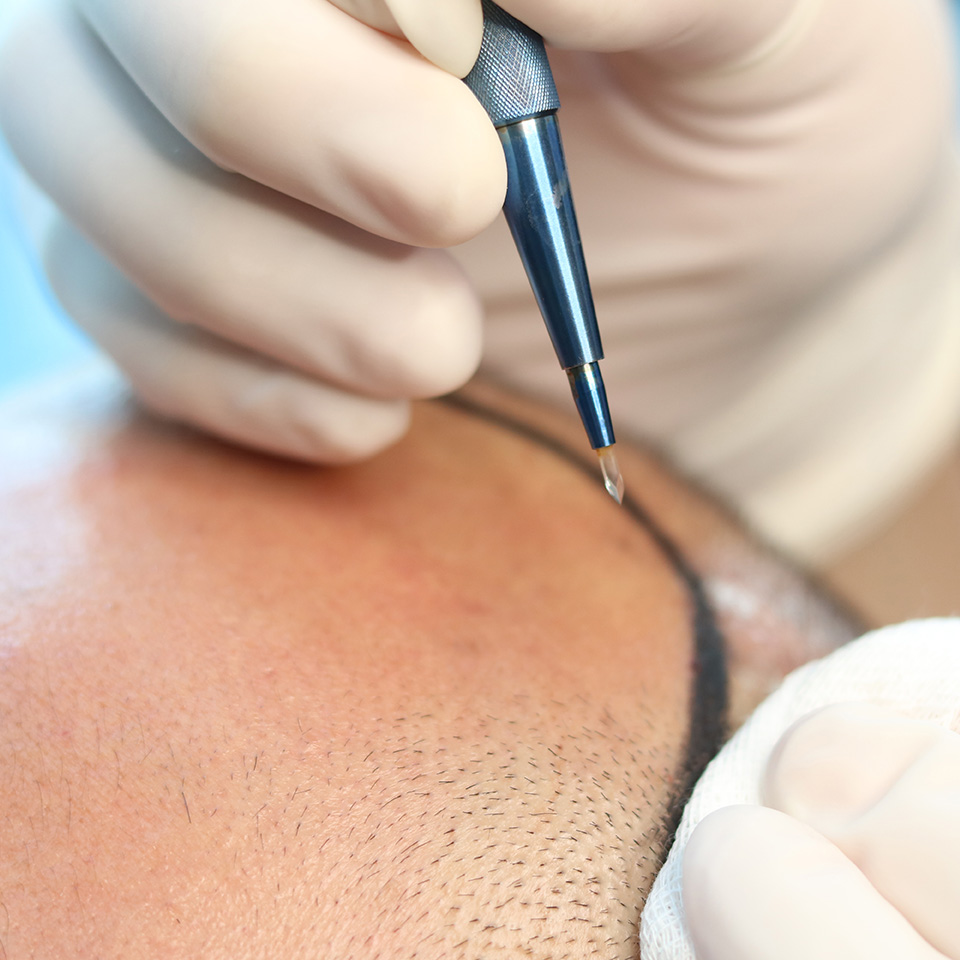
Benefits of FUE
One of the primary advantages of FUE is the lack of a conspicuous linear scar. Patients can confidently wear their hair short without worrying about scar visibility. Additionally, FUE is less painful and has a quicker recovery time compared to traditional methods. Most patients can return to normal activities within a few days, and discomfort is typically managed with over-the-counter pain relievers.
FUE also allows for a more controlled and precise placement of hair follicles, which leads to a natural-looking hairline and hair density. This precision is crucial for achieving a result that not only looks natural but also blends seamlessly with the existing hair.
Considerations and Suitability
While FUE is a versatile procedure suitable for both men and women experiencing hair loss, it’s important for potential candidates to have realistic expectations. The success of the procedure depends on the quality and density of the donor hair. Patients with limited donor hair may not achieve as full coverage as those with more abundant donor areas.
Consultation with a skilled hair transplant specialist is essential. During the consultation, the specialist will assess the patient’s hair loss, discuss their expectations, and recommend the best course of action. Factors such as hair color, texture, and overall health will also be evaluated to ensure the highest success rate.
In conclusion, FUE hair transplantation offers a sophisticated solution to hair loss, with benefits that make it a preferred choice for many. Its ability to restore hair discreetly and effectively makes it a revolutionary advancement in cosmetic surgery.
Scalp Microneedling with Hair Growth Solution
Scalp microneedling combined with AnteAGE exosomes represents a cutting-edge approach in the treatment of hair loss, offering a promising solution for individuals seeking non-surgical alternatives to stimulate hair growth and improve scalp health. This innovative procedure harnesses the regenerative capabilities of exosomes, which are extracellular vesicles known for their role in cell communication and tissue regeneration, in conjunction with the collagen induction therapy provided by microneedling. Here’s an overview of this procedure, its benefits, and considerations.
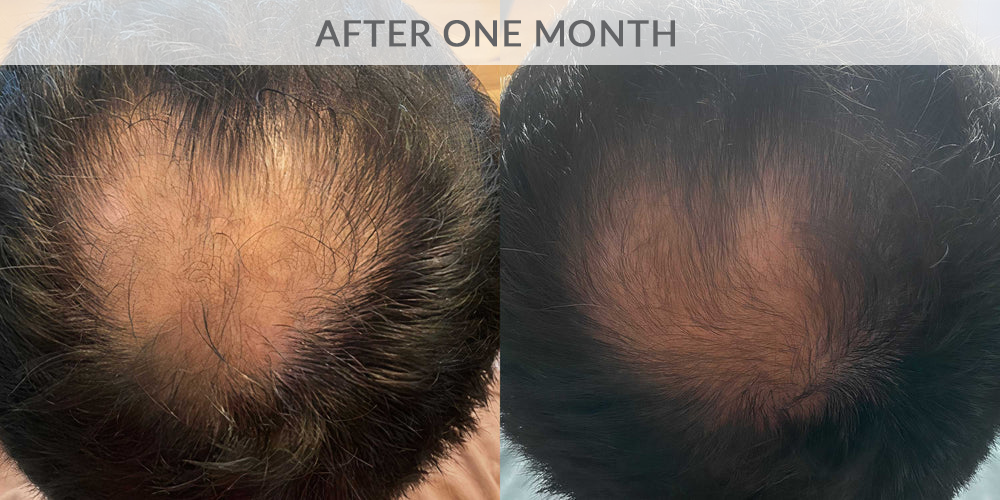
The Procedure
Scalp microneedling involves the use of a specialized device equipped with fine needles to create tiny punctures in the scalp. This controlled injury triggers the body’s natural wound healing processes, stimulating collagen production and increasing blood flow to the hair follicles. When performed on the scalp, microneedling can help improve the health of hair follicles and create a more conducive environment for hair growth.
Enhancing this process, AnteAGE exosomes are applied topically to the scalp immediately following the microneedling procedure. Exosomes are powerful mediators in cell communication and carry growth factors, peptides, and cytokines that promote cellular regeneration and healing. The introduction of AnteAGE exosomes amplifies the natural healing response initiated by microneedling, further encouraging the rejuvenation of hair follicles and potentially leading to enhanced hair growth.
Benefits of Scalp Microneedling with AnteAGE Exosomes
This combined treatment approach offers several benefits:
- Enhanced Effectiveness: The application of exosomes can significantly boost the regenerative processes initiated by microneedling, leading to more effective outcomes in terms of hair growth and scalp health.
- Non-Surgical Alternative: For those hesitant about surgical hair restoration options, this non-surgical, minimally invasive treatment can be an attractive alternative.
- Short Recovery Time: The procedure is relatively quick and involves minimal downtime, allowing patients to return to their regular activities shortly after treatment.
- Safe for All Hair Types: It is suitable for various hair and scalp types, providing a versatile solution for different patterns of hair loss.
- Natural Results: Over time, patients can experience a noticeable improvement in hair density and scalp vitality, leading to natural-looking results.
Considerations and Suitability
While scalp microneedling with AnteAGE exosomes is safe for most individuals, there are some considerations to keep in mind:
- Initial Consultation: A thorough consultation with a qualified practitioner is crucial to assess suitability for the treatment and discuss realistic outcomes.
- Multiple Sessions: Multiple sessions may be necessary to achieve optimal results, spaced out over several weeks to allow for natural healing and hair growth cycles.
- Post-Treatment Care: Proper scalp care following treatment is important to maximize results and minimize risks of complications.
Scalp microneedling with AnteAGE exosomes is an exciting development in the field of hair restoration, offering hope and improved outcomes for those struggling with hair loss. By combining advanced scientific research with proven techniques, this treatment stands out as a sophisticated option for enhancing hair growth naturally and effectively.
Platelet-Rich Fibrin (PRF)
Platelet-Rich Fibrin (PRF) for hair restoration is a progressive treatment that harnesses the body’s own healing abilities to combat hair loss. Derived from the patient’s own blood, PRF is an advanced form of platelet-rich plasma (PRP) therapy, but with distinct advantages that make it particularly effective for stimulating hair growth and improving scalp health. This natural approach to hair restoration not only encourages hair regrowth but also strengthens hair follicles without the use of chemicals or surgery.
The PRF Procedure
The process begins with a simple blood draw from the patient, similar to a routine blood test. The collected blood is then spun in a centrifuge at precise speeds to separate the blood components and concentrate the platelets and white blood cells into a fibrin matrix. This matrix forms the basis of PRF and is rich in platelets, growth factors, and cytokines, which are crucial for tissue regeneration and healing.
The resulting PRF is then injected directly into the scalp at the areas of thinning or balding. The injections are typically administered using fine needles, and the procedure is carried out with precision to target areas that require the most attention. The growth factors released by the platelets initiate repair and attract stem cells, enhancing the regeneration of the hair follicles.
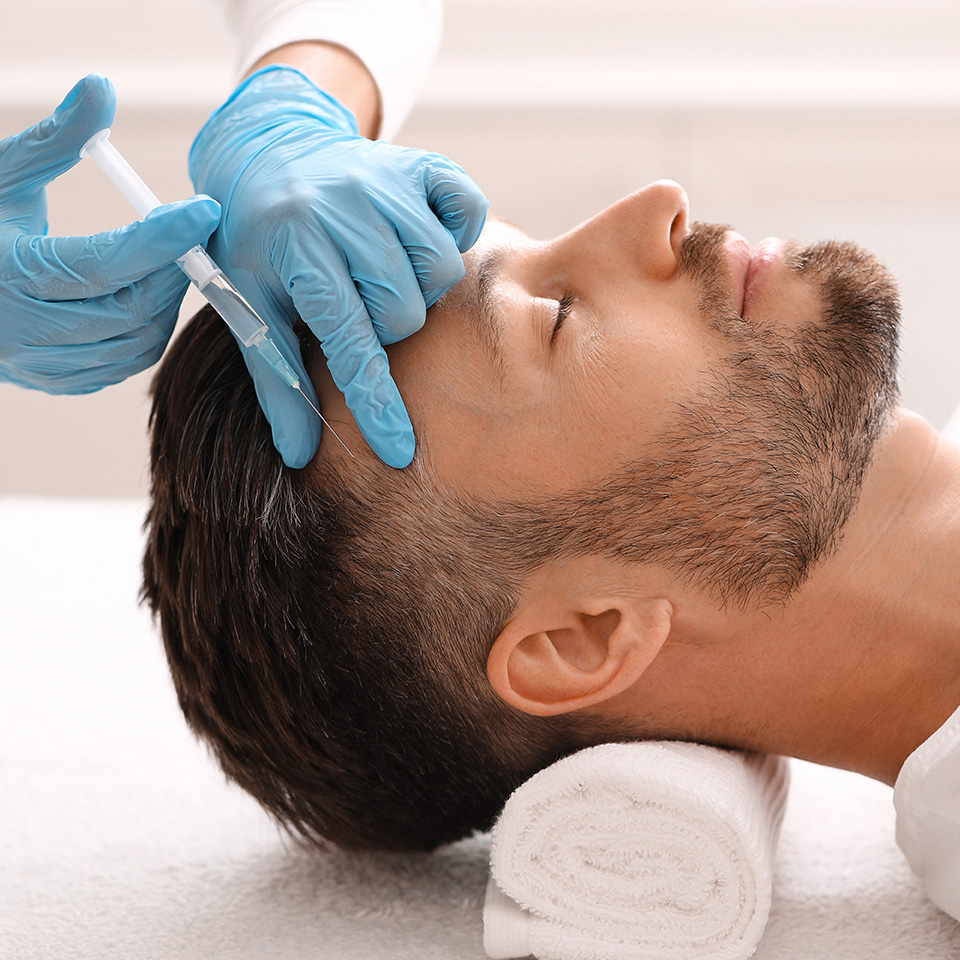
Benefits of PRF for Hair Restoration
- Enhanced Natural Healing: PRF releases growth factors over a longer period compared to traditional PRP, providing sustained benefits that enhance the healing and regeneration processes at the cellular level.
- Chemical-Free and Natural: Since PRF is derived from the patient’s own blood, there is no risk of allergic reactions or rejection, making it a safe and natural treatment option.
- Minimal Discomfort and Downtime: The procedure is minimally invasive, involves minimal discomfort, and requires little to no downtime, allowing patients to resume their normal activities shortly after treatment.
- Improved Hair Health and Density: Patients often notice an improvement in hair thickness, density, and scalp health following a series of PRF treatments, as the hair follicles are rejuvenated.
- Suitable for Both Genders: PRF treatment is effective for both men and women dealing with various types of hair loss.
Considerations and Suitability
While PRF therapy is a promising option for many individuals experiencing hair loss, there are several factors to consider:
- Multiple Sessions Required: Typically, multiple sessions are recommended to achieve the best results. These sessions are usually spaced 4-6 weeks apart.
- Patient Selection: Ideal candidates are those in the early stages of hair thinning who have active but weak hair follicles. A consultation with a hair restoration specialist is crucial to determine suitability.
- Comprehensive Approach: Often, PRF therapy is part of a comprehensive hair restoration plan, which may include other treatments such as medications or topical solutions to optimize outcomes.
In conclusion, PRF for hair restoration offers a promising and natural alternative for those seeking to combat hair loss. With its advanced approach to using the body’s own healing mechanisms, PRF therapy not only enhances hair growth but also improves the overall health of the scalp, providing a robust solution for hair regeneration.
